The current global social, political, and economic climate poses several challenges for Latin America. On the one hand, the region must achieve long term, inclusive, sustainable development and improve its odds of convergence with advanced economies. Realizing this goal will require material improvements in key areas such as education, trade integration, infrastructure, productivity, equity, public safety, and governance. On the other hand, the continent faces the macroeconomic challenge of establishing credibility in the long-run solvency of public finances while preserving the pillars of the social safety nets set up over the past 15 years. These challenges must be addressed at a time when the political class in many Latin American countries has been severely weakened and delegitimized by years of lackluster performance and far-reaching corruption scandals.
For this first issue of Spotlight Latin America, the Brookings Global-CERES Economic and Social Policy in Latin America Initiative (ESPLA) invited experts from the Global Economy and Development program at Brookings to examine what they consider to be the key issues for Latin America this year and beyond, in the context of the broad challenges mentioned above. The essays in this collection do not aim to cover all of the region’s problems; rather, they serve as a starting point for dialogue. It is our hope that the conversation will continue through the year and for years to come.
Spotlight Latin America was edited by Ernesto Talvi and Sebastian Strauss.
To view the Spanish version of Spotlight Latin America, click here.
The troubled state of pension systems in Latin America

Authors: Augusto de la Torre, Heinz P. Rudolph
A quarter of a century since Chilean-style pension reforms swept Latin America, the state of the region’s pension systems is worrisome. Old and new problems are rearing their ugly heads, some setting off serious alarms, all posing thorny political and technical challenges. Pension issues have therefore once again taken center stage in the policy debate. This essay explores the root causes of the salient problems ailing pension systems in Latin America and outlines a forward-looking reform agenda.
How threatening are fiscal deficits in Latin America and the Caribbean?

Authors: Carlos Vegh, Guillermo Vuletin
Fiscal deficits are prevalent across Latin America. But how threatening are these deficits? Should countries engage in fiscal adjustment programs to avoid debt sustainability problems down the line? This essay explores under what circumstances fiscal deficits may be acceptable or even desirable, and analyzes how Latin American countries have fared in the last decade.
Will more education increase growth in Mexico?
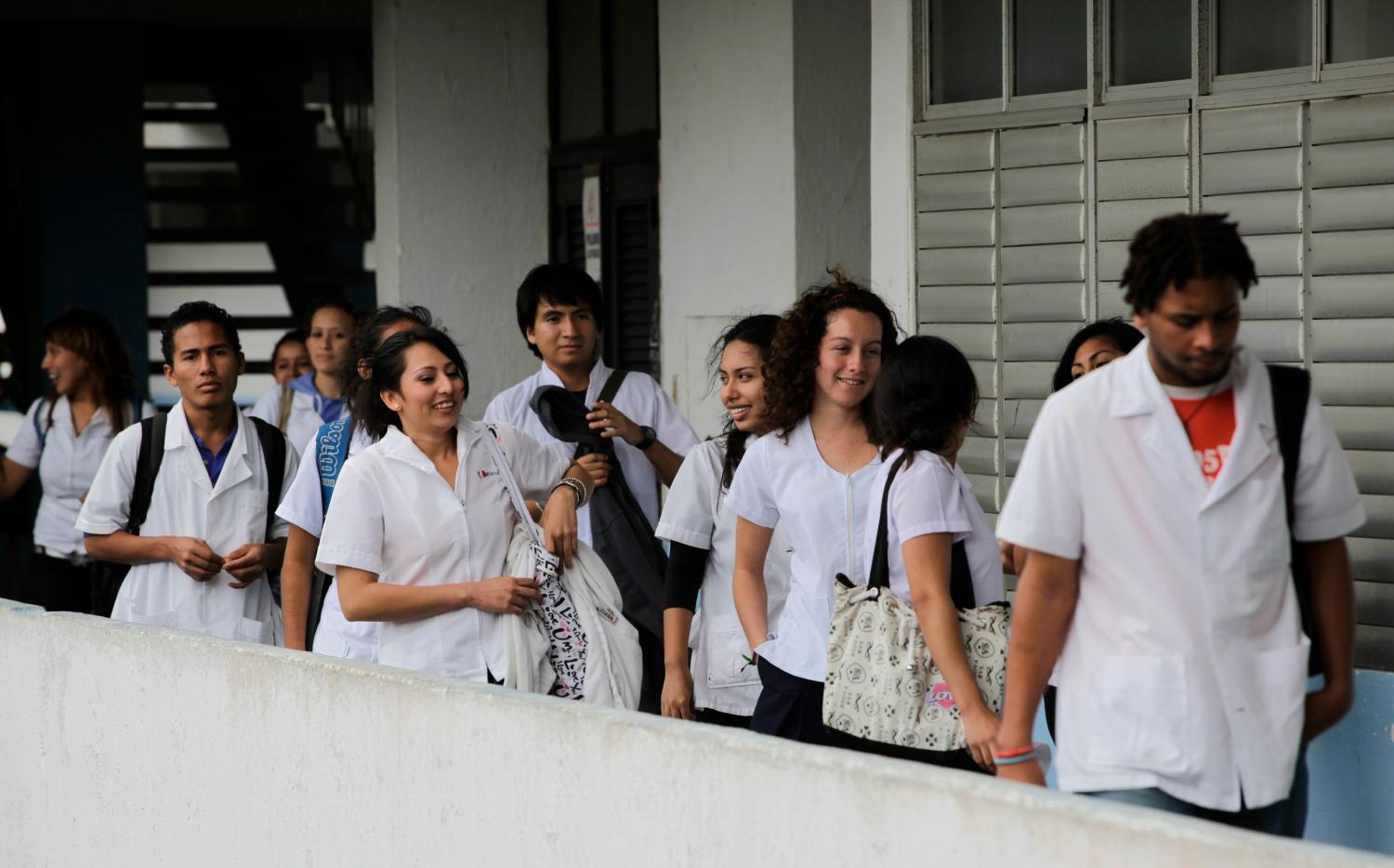
Authors: Santiago Levy
Many countries in Latin America are investing heavily in education and pursuing reforms to improve its quality. While these efforts will undoubtedly increase social welfare, the tacit assumption has been that if only the supply of human capital could be increased, then economic growth would accelerate. However, in cases such as Mexico, misallocation is thwarting the returns on these efforts. The potential productivity gains from a more educated labor force can, in some circumstances, be just that: potential.
Innovation to leapfrog educational progress in Latin America
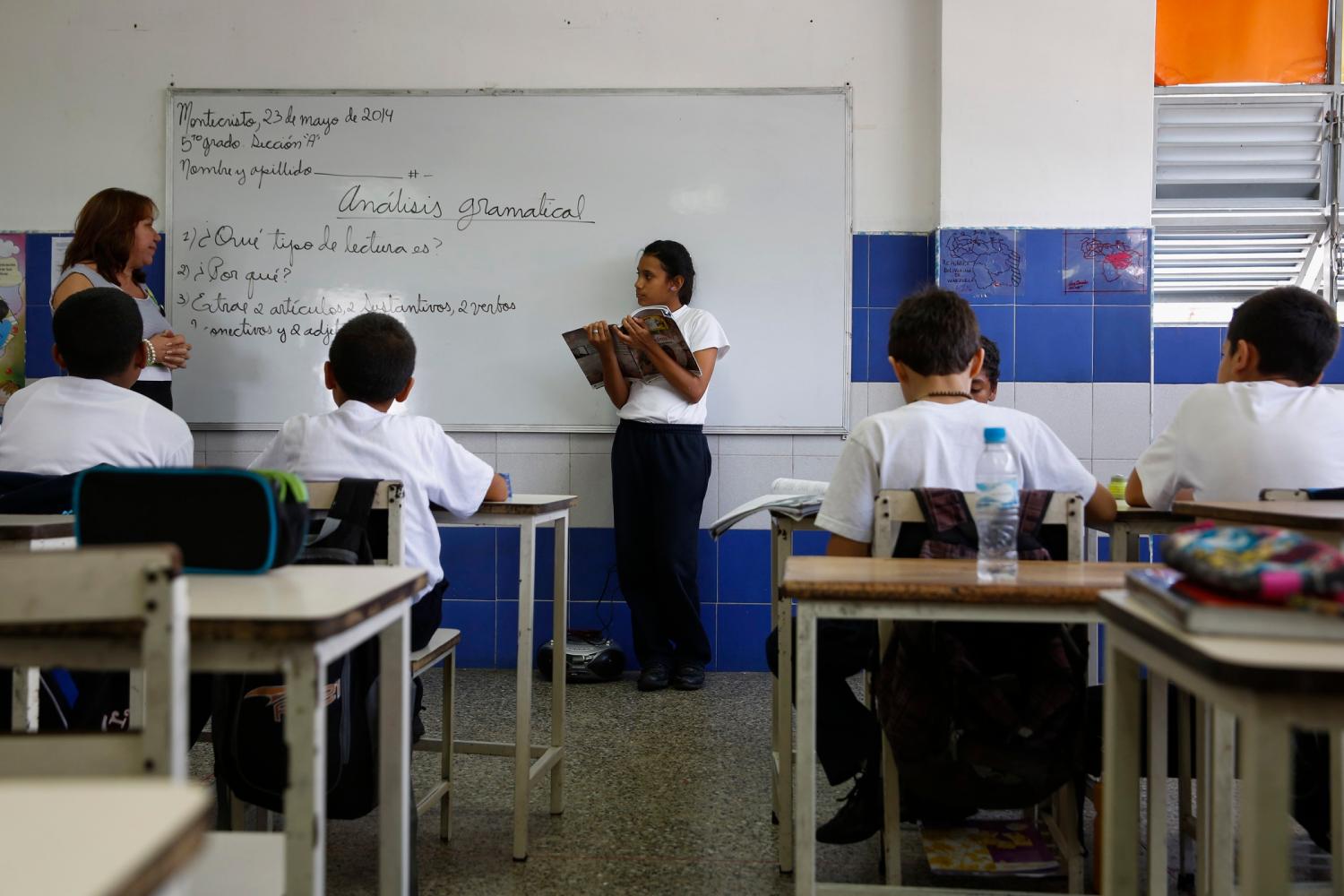
Authors: Rebecca Winthrop, Adam Barton
Over the past decade, Latin America has seen significant improvements in educational performance and equity. However, the region still struggles to adequately prepare its young people for the future. Even if Latin America manages to close the academic achievement gaps of today, students will still not have the broad range of skills needed for work and life. Latin American countries must therefore find ways to “leapfrog” education. This essay explores the potential of existing education innovations in the region to rapidly accelerate progress toward transforming education.
5 lessons from recent educational reforms in Chile

Authors: Emiliana Vegas
Over the past decade, the government of Chile introduced education reforms aimed at raising student learning and reducing inequality, while successfully maintaining the school choice system introduced in 1981. This essay analyzes the main lessons learned from the Chilean experience. Other Latin American countries currently struggling to improve educational opportunities for all may be well advised to consider them.
Latin America in the new Asia-Pacific trade order

Authors: Antoni Estevadeordal
Economic relations between Latin America and Asia are at a crossroads. Latin American countries must reignite trade with Asia, which remains the world’s fastest-growing region, while also diversifying and adding value to their exports. While the current global trade environment presents many challenges, it also gives renewed impetus to several projects to deepen trade and investment relations between Asia and Latin America.
Why Mexico should not fear losing NAFTA’s investment rules
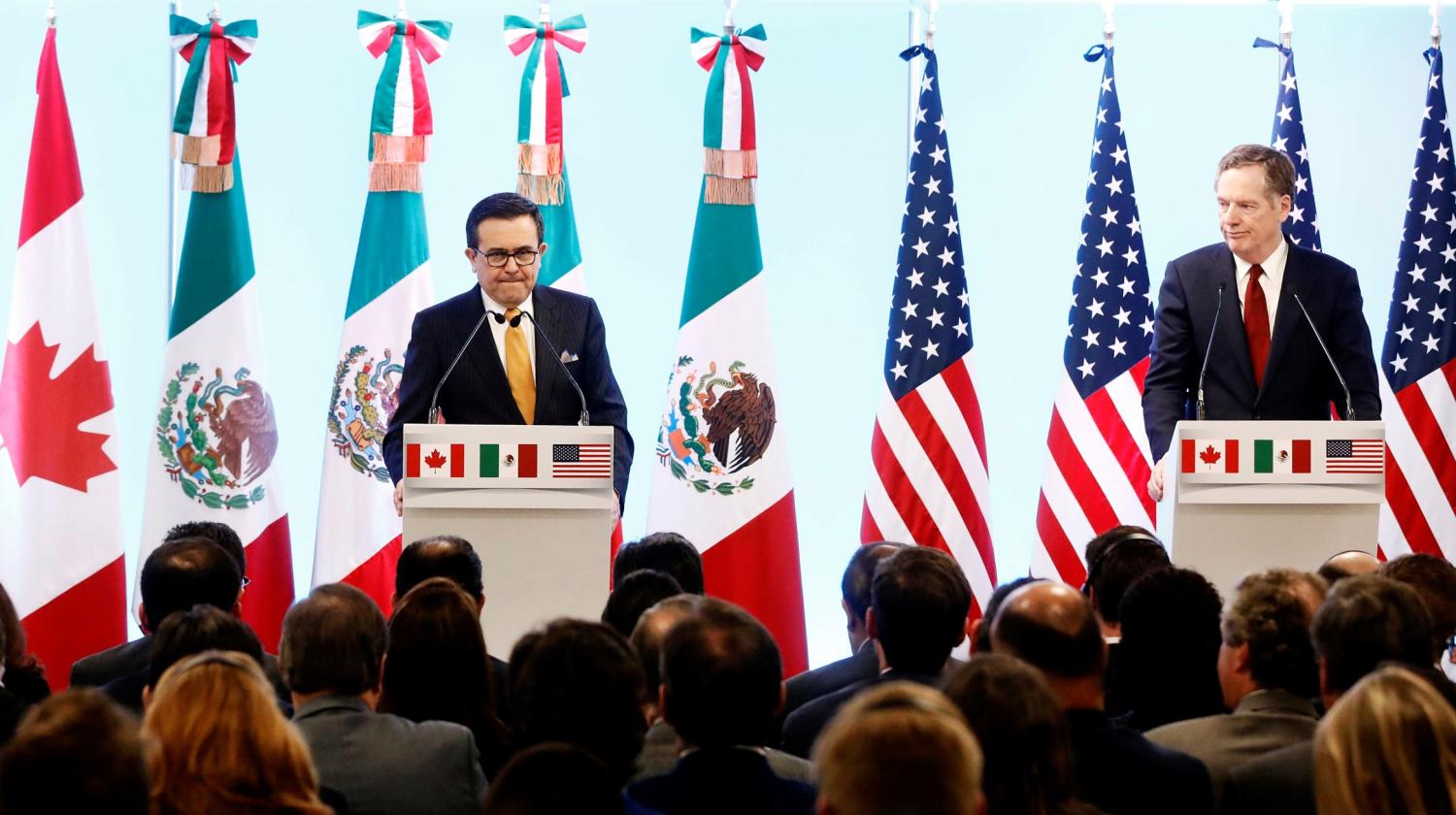
Authors: Geoffrey Gertz
As part of the ongoing NAFTA renegotiations, the Trump administration is seeking substantial changes to the treaty’s investment rules. While many of the U.S.-led reform proposals have been met with skepticism in both Mexico and Canada, this essay argues that Mexico should not fear a renegotiation of NAFTA’s investment chapter. There is little reason to believe that Mexico would necessarily be affected in any substantial manner.
Chinese investment in Latin America continues to expand
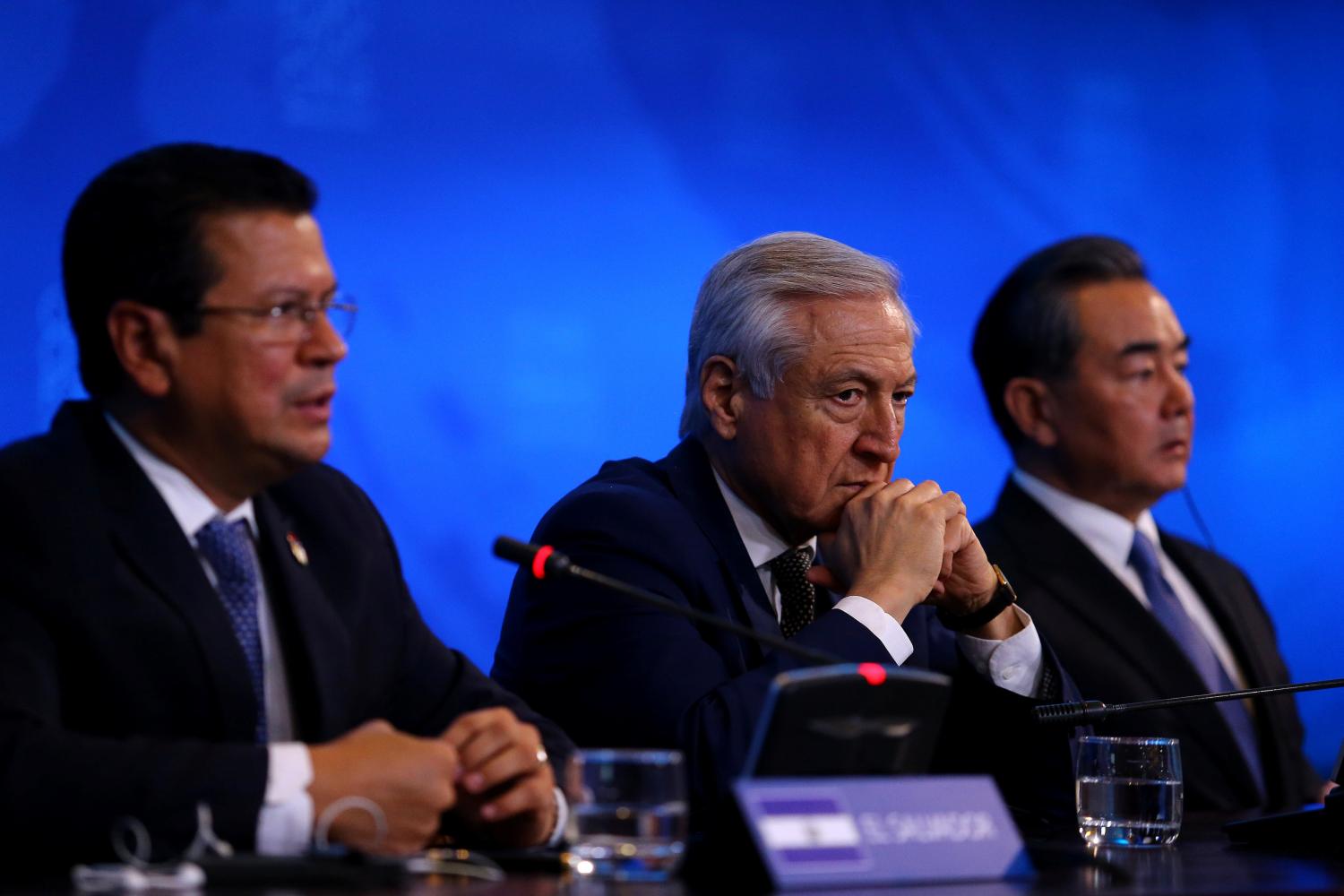
Authors: David Dollar
In 2017, China was a more significant source of demand for Latin American products than had been expected, but a less significant source of capital. The Chinese economy is undergoing deep cyclical and structural changes that put the brakes on the country’s overseas investment activities. However, investment relations between Latin America and China remain at historically high levels. Although some of the media hype about Chinese financing has been out of touch with economic realities, Chinese investment—both direct in resources and lending for infrastructure—is likely to be increasingly important for the region.
Can Latin American countries benefit from their large emigrant populations?

Authors: Dany Bahar, Ernesto Talvi
Close to 40 million Latin American citizens live outside their countries of origin; this figure has been rising for decades now. This essay explores one of the many ways in which these growing diasporas represent an untapped economic opportunity for Latin America. The geographically localized nature of knowledge means that migrants can play a crucial role as carriers of innovation and technology across borders. Engaging diasporas in programs to improve competitiveness and productivity could yield significant economic benefits for the region.
The challenge of improving police behavior in Latin America

Authors: Daniel E. Ortega
Policing outcomes are to a large extent determined by the quality of police officers and by the incentives these face on the job. Beyond specific interventions such as police training or body cameras, it is necessary to broaden the lens through which we view the relationship between police and society and assess the quality of police practices. Policymakers need to understand how police officers are selected, what incentives they face, and to what extent monitoring technologies succeed at eliciting desired behaviors. This essay explores the determinants of police behavior and suggests ways for Latin America to improve its policing outcomes.
Addressing spatial inequity in Latin American cities
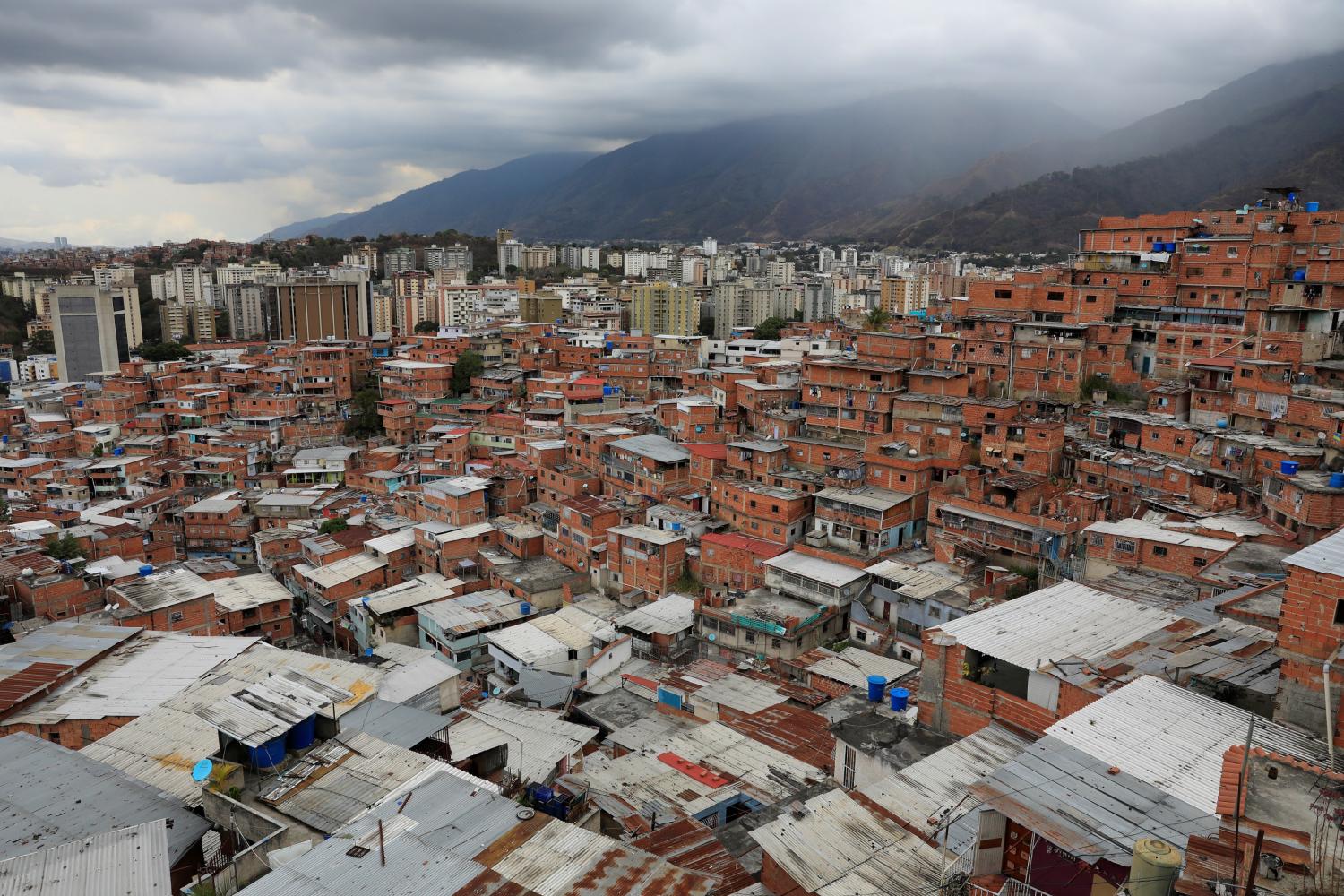
Authors: Jeffrey Gutman, Nirav Patel
Cities have been central to the economic growth and development of Latin America for decades, but this economic growth has not always been well distributed and inclusive. Where one lives clearly determines her level of access to public and private resources. In order to achieve greater equality, Latin American cities must remove the spatial barriers the poor face when accessing employment, commerce, housing, schools, and health services. This essay examines the role of policymakers at the national and subnational levels in achieving spatial equity and enhancing inclusive urban development in Latin American.
The Brookings Institution is committed to quality, independence, and impact.
We are supported by a diverse array of funders. In line with our values and policies, each Brookings publication represents the sole views of its author(s).



